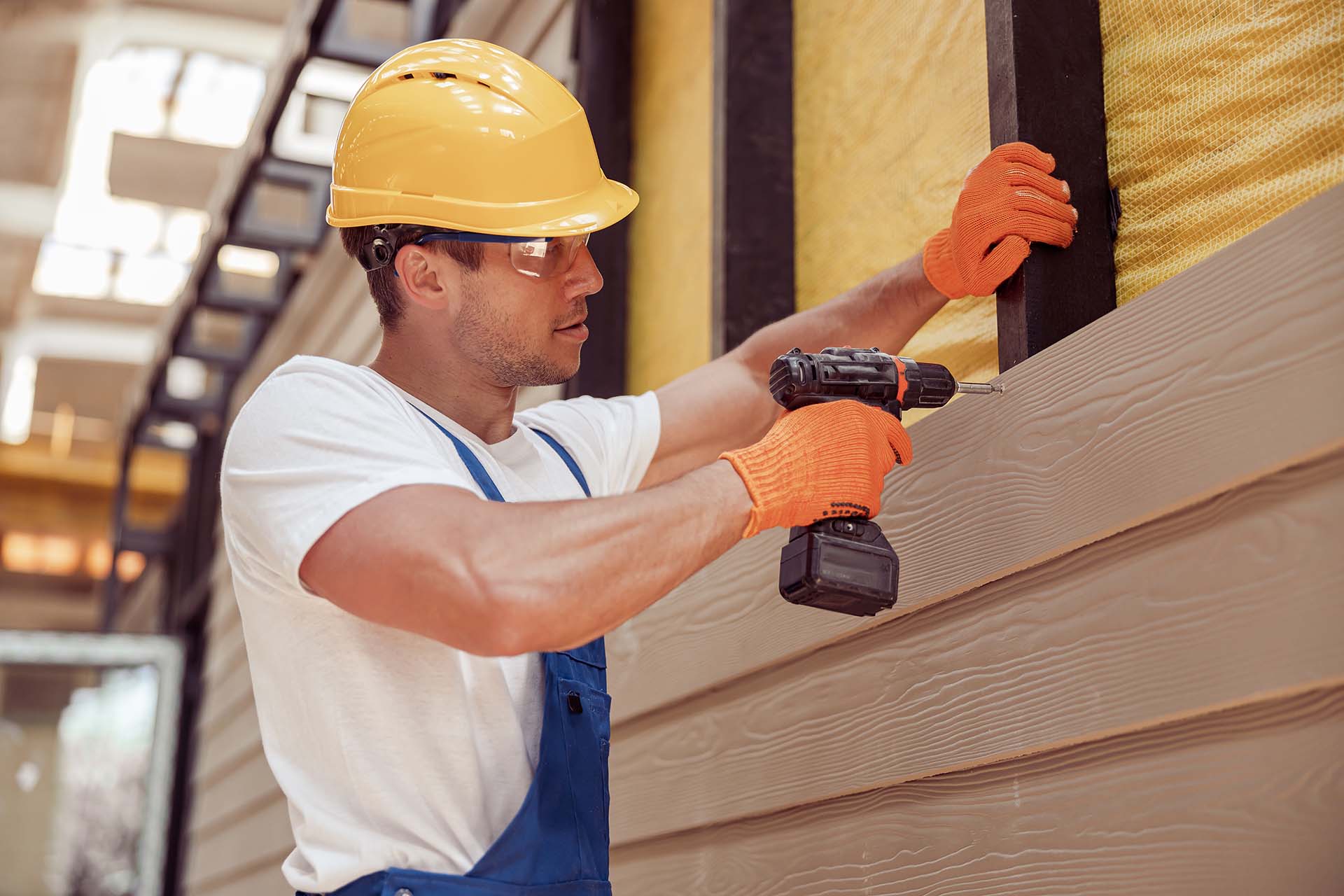
You and your neighbours see it every day, yet when it comes to home renovation priorities, your windows and siding doesn’t often receive its attention. While siding may not be at the head of your home renovation priority list, it is critical to the overall beauty, energy efficiency, and structural integrity of your home. Well-maintained, high-quality siding has a tremendous impact on the exterior appeal and property value of your home. Above all, your home’s siding protects it from the outdoors, insulates it from excessive cold and heat, bad weather, debris, and rodents. So, maintaining them and replacing them when needed is very beneficial. With that being said, here are some indications that your vinyl siding needs to be replaced.
Rotting
The majority of vinyl siding does not decay. The wooden siding that sits behind a lot of vinyl siding, on the other hand, does. If water penetrates behind the siding, mold can grow and cause dry rot to both the wood and the siding that covers it. Rot might then establish itself in the siding itself, which is not something you want. If the siding hasn’t already broken, it can be simply peeled away, since it’s not difficult to spot. If the rot isn’t immediately visible, probe about in places where there’s a chance of water seepage, such as near clogged gutters.
Moisture inside your house
Moisture inside the vinyl siding or any underlying wooden siding can also be seen within the house, indicating a concern that must be treated right away. This is sometimes identified by peeling inside paint, indicating that moisture has seeped into the cement or drywall. Worse, the dampness may have caused mold to grow in the walls. If any of these has occurred, it is best to inspect the siding for mold or the decay mentioned above. Moreover, replacing the siding may prevent further inside damage. Once additional siding has been removed, your contractor will be able to provide you with further information.
Loose or Warped Siding
Loose or broken siding might indicate wear and damage. When siding is hit by anything from hail to objects like baseballs to lawnmower stones, it may dent and even fracture. Also, heat and just ageing can also degrade it over time. Furthermore, vinyl siding can expand and shrink due to home movement and temperature fluctuations. It is usually placed with this in mind, hanging it loosely to allow for mobility. With that being said, warping and buckling might have been caused by siding that was too firmly nailed on, the heat of the sun or a hot object near it, or a combination of the two.
Holes in Siding
It is unfortunate to admit it, but holes in siding are frequently caused by tiny animals or insects seeking food or refuge inside your home’s walls. Carpenter ants, carpenter bees, beetles, and several termite species are examples of house-eating insects. Rodents, including mice, rats, and squirrels, are another form of house-eater. These animals will bite through almost anything to get to food. Furthermore, birds and other animals can create gutter damage, which can lead to siding issues. If you do notice holes in your siding or gutter damages, then it is best to replace them as soon as possible.
Increased bills
Increased bills are quite frustrating and something that nobody wants. This is especially aggravating if you’ve done all you could to save energy, such as boosting insulation, filling cracks and installing weather-stripping on doors and windows, and changing the temperature. However, if you have the type of siding damage we’ve been addressing, it may quickly negate all of your hard work inside. If you don’t want your fuel expenditures to rise further, you must replace the siding.
Blisters or Bubbles in Siding
Keep an eye out for blisters or bubbling underneath the surface of your siding. This is a warning sign because bubbles and blisters suggest that water has become absorbed within the siding, which suggests that there is a moisture problem. Because siding is designed to keep moisture out of your home, this is a good sign that it is no longer fulfilling its purpose correctly.
The siding of your home is one of the most important aspects to the structural integrity and appearance of your property. Maintaining it and replacing it when needed is very crucial, especially if you want yourself and your family to live in a comfortable living area. Siding is not going to last forever and will be needing a replacement every once in a while. Some signs that you do need to replace your siding are rotting, moisture in your house, holes in the siding, damaged siding, increased bills and blisters or bubbles in your siding. If you notice any of these indications, then you must call a siding contractor and fix it today.
